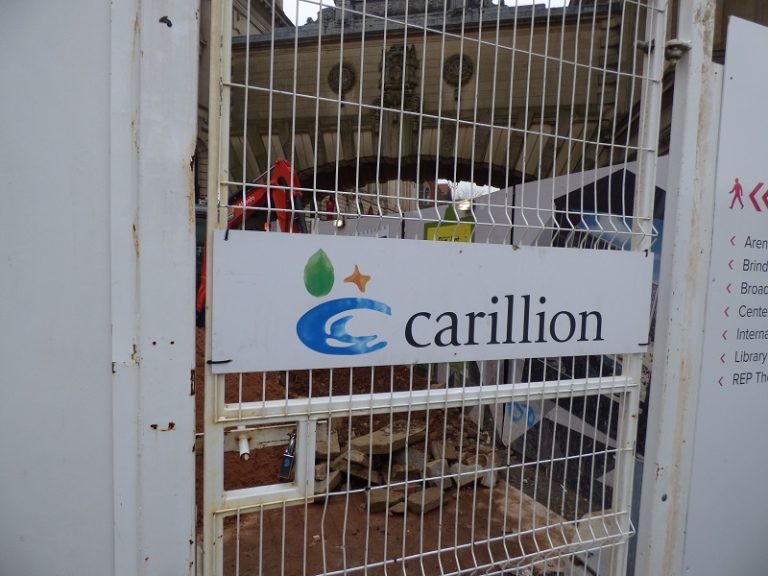Neil Skinner, the owner of building contractor Johnson Bros Ltd, is talking about how he is dealing with the loss of £145,000, owed by collapsed construction giant Carillion. Firstly, he had to dismiss two of his employees as a result of the company’s liquidation and now he is considering remortgaging his family home and digging into his overdraft to keep the firm afloat. His small business is among more than 100 across Greater Manchester to have been affected by Carillion’s £900 million debt failure. “We have never been in a situation this bad. We are hoping we can pay for materials, outgoings and wages until we can build up our base again,” said Neil. “It will mean borrowing money against my house and I’ll probably have to use my overdraft. If that works, we’ll survive, if it doesn’t we’re finished.” Johnson Bros has started working with Carillion back in 2014 on a £1 million maintenance contract for RBS banks. As the contract went on, the construction giant was paying later and later, and even when Neil chased the money, he still had to wait longer than 60 days. At the time of the collapse, the unpaid invoices were up to a year old. “Carillion finally resorted to using all the familiar late payment tactics from finding fault with an invoice, referral to their India accounts office, statement queries, disputing invoices, and so on,” explained Neil. “By December, all the people we had been dealing with at Carillion had been made redundant.” After that, Neil had to battle to get them to recognise the outstanding invoices, but it was too late because the company went into liquidation. Small businesses like Johnson Bros suffer from late payments on a daily basis: “They know late payment can destroy small businesses but they rely on this tactic so they can be seen to be profitable themselves, although recent events have shown that, in reality, they have overstretched themselves,” said Neil. Debbie Abrahams, MP for Oldham East and Saddleworth, set up a campaign to battle big firms making late payments to smaller sub-contractors. However, the amendments that they tried to push were refused by the Government.






